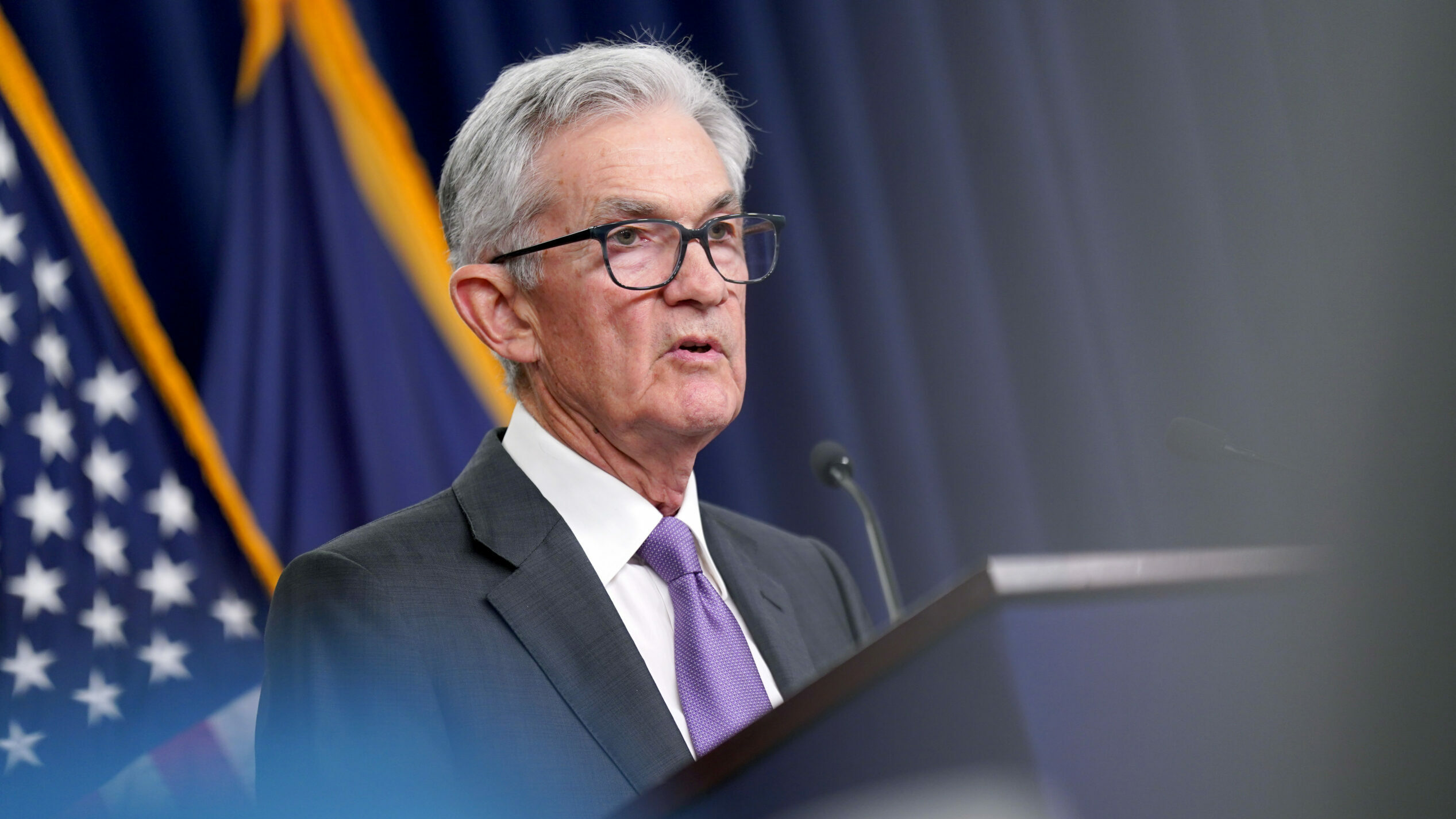
One of the great ironies of finance, a banker friend likes to remind me, is that no institution wants to lend money to someone who really needs it. Between 2010 and 2022, as excess liquidity sloshed through the system, ultra-high-net-worth individuals borrowed billions and billions of dollars against their assets. For many art collectors, that meant leveraging their art—sometimes to make money in other asset classes, sometimes to buy more art. Starting two years ago, those conditions have reversed, draining the art market of billions.
Art-backed loans have been a fixation in the financial world for more than a decade. Alternative-asset giant Carlyle tried to get into the game, and Sotheby’s Financial Services—which recently sold a $700 million portfolio of art-related loans as an asset-backed security—has attracted attention from investors for its unique position within the auction house. But the dominant player in this field has been Bank of America, which used its clout with its rich clients to create a massive art loan book of $10 billion by offering exceedingly low rates—at least while they lasted.
This post was originally published on this site be sure to check out more of their content






